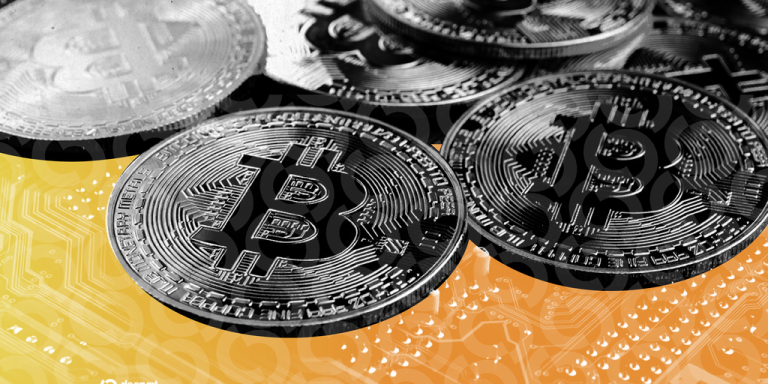
South Korea’s Stablecoin Regulation: A Framework in Limbo
South Korea’s journey towards a robust regulatory framework for stablecoins remains fraught with challenges and delays. As discussions among financial institutions, lawmakers, and regulators continue, the future of stablecoins in the country hangs in uncertainty, with critical debates centering around who should lead this innovative financial ecosystem—banks or technology companies.
The Debate: Banks vs. Tech Companies
The Bank of Korea (BOK) has taken a firm stance, advocating that banks should hold a minimum of 51% ownership in any stablecoin issuer. According to the central bank, financial stability and existing banking regulations necessitate banks’ dominant roles. Key arguments include banks’ expertise in anti-money laundering protocols and their strict regulatory oversight.
However, the Financial Services Commission (FSC) and other stakeholders see potential roadblocks in over-reliance on banks. They fear it could stifle innovation and exclude tech companies, which already possess advanced infrastructures for stablecoin development. The central concern remains how to balance financial oversight with technological innovation.
Regulatory Delays and Disagreements
Originally scheduled for introduction by October, South Korea’s stablecoin framework remains stalled as lawmakers grapple with conflicting provisions. Significant issues include whether stablecoin issuers should offer interest on token holdings and the structure of regulatory control within the ecosystem. The disagreement underscores the complexity of integrating blockchain technology within traditional financial systems.
The Private Sector Push
Despite regulatory delays, South Korean private entities are not standing idle. Leading financial institutions like KB Financial Group, Shinhan Financial Group, Hana Financial Group, and Woori Financial Group are actively forming partnerships with tech giants such as Naver, Kakao, and Samsung Electronics. Additionally, stablecoin projects like BDACS and t’order have already launched KRW-pegged tokens, showcasing the market’s readiness for digital settlement tools even in the absence of finalized regulations.
Potential Risks and Recommendations
The central bank warns that leaving stablecoin issuance to non-bank institutions could destabilize financial oversight and risk monopolistic behavior, especially as tech firms integrate payment services into their ecosystems. At the same time, there are growing concerns about the potential for reduced competition and innovation if the framework becomes bank-dominated.
For a balanced approach, experts suggest forming an interagency council to coordinate policymaking, ensuring equal representation and unbiased decision-making. This would create a more dynamic environment that fosters both financial stability and technological growth.
Conclusion
South Korea’s stablecoin regulation still has a long way to go, with debates highlighting the need for equilibrium between financial stability and innovation. As the framework evolves, the global blockchain community watches closely, seeing this as a crucial case study in integrating traditional banking with blockchain technology.
Related Product Recommendation
As you follow these developments, consider staying ahead with a comprehensive blockchain investment platform like Coinbase. Whether you’re exploring stablecoin opportunities or delving into crypto trading, Coinbase provides diverse tools and insights to navigate the digital asset market.



